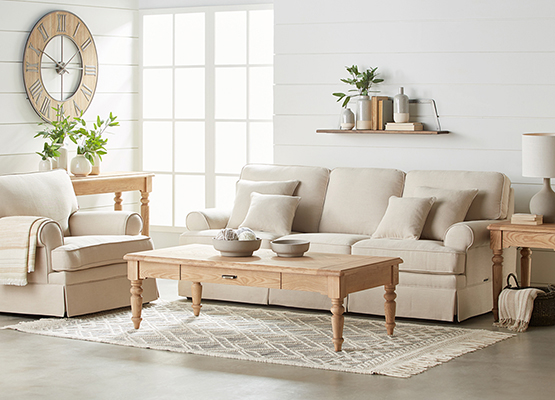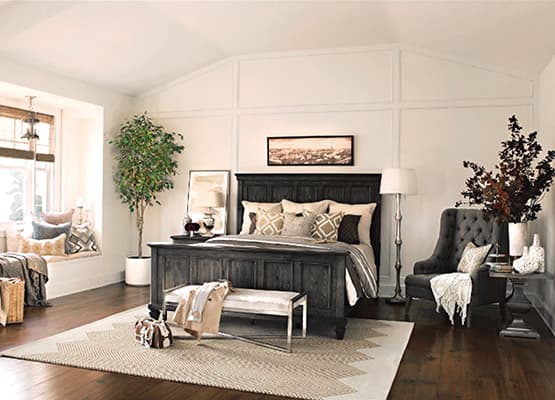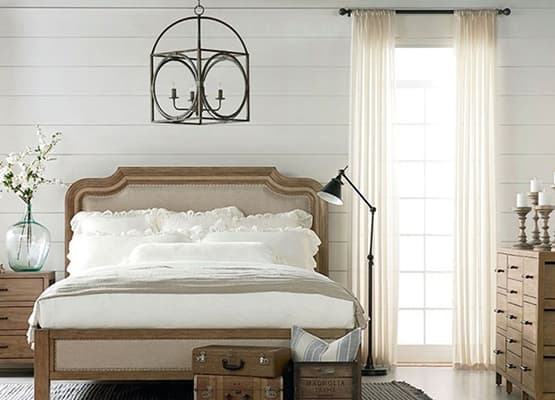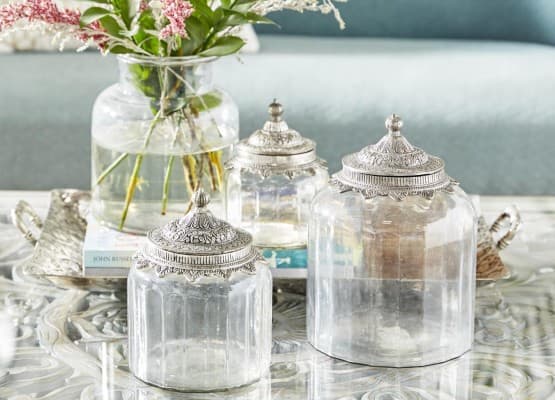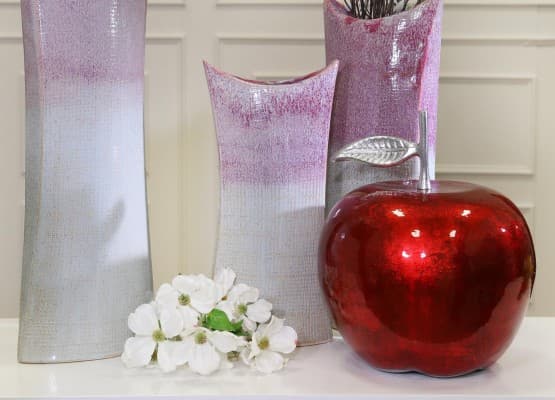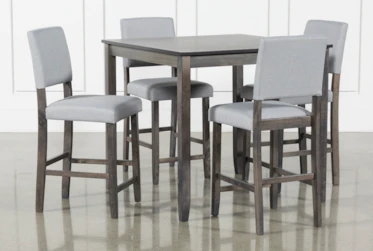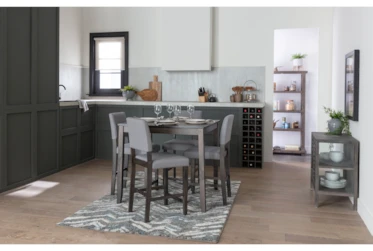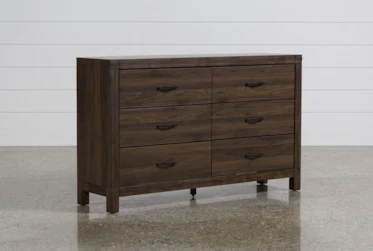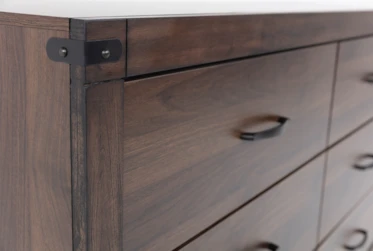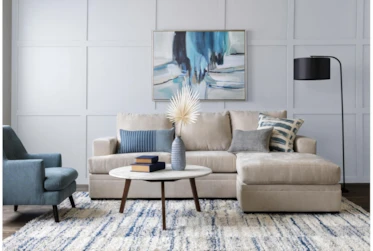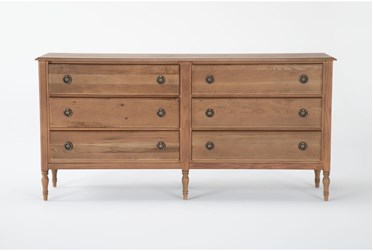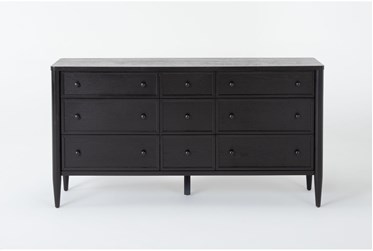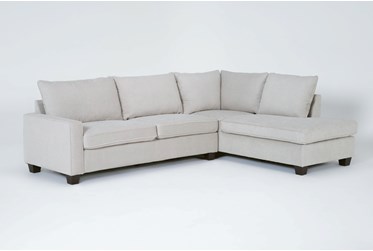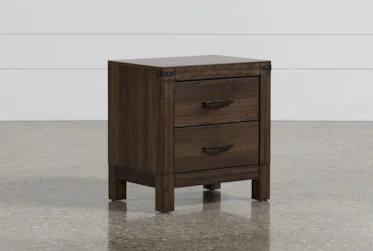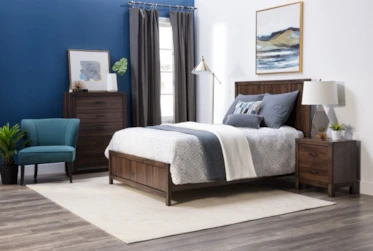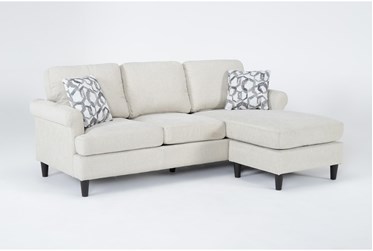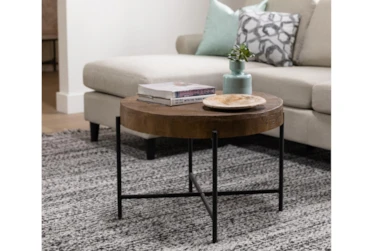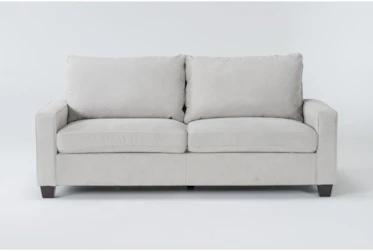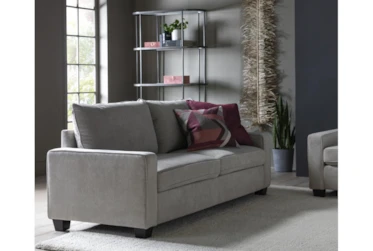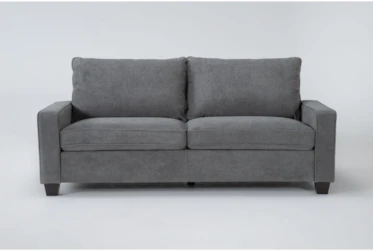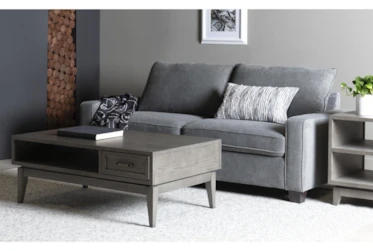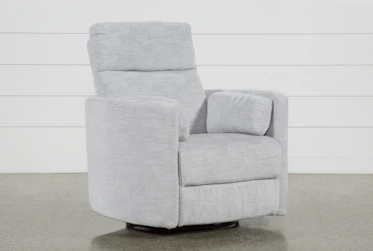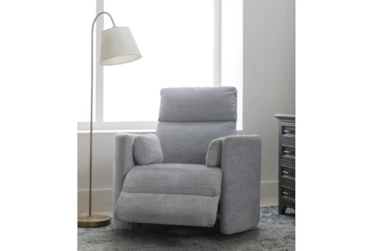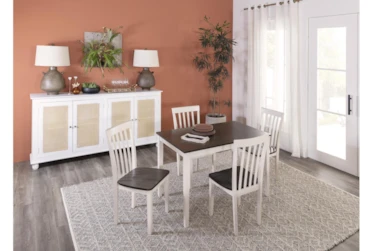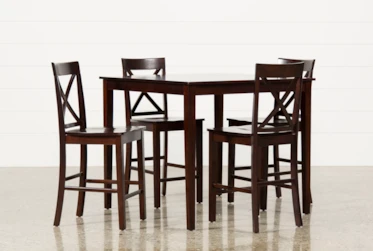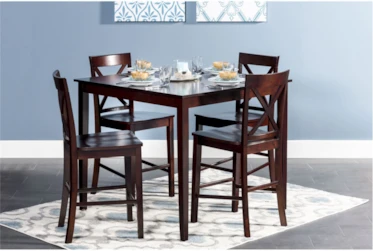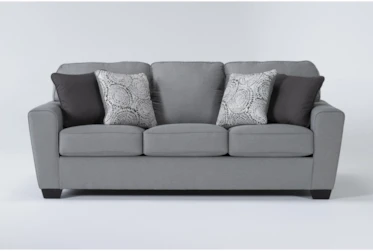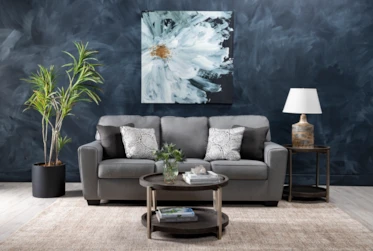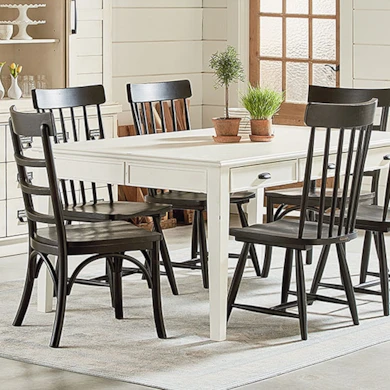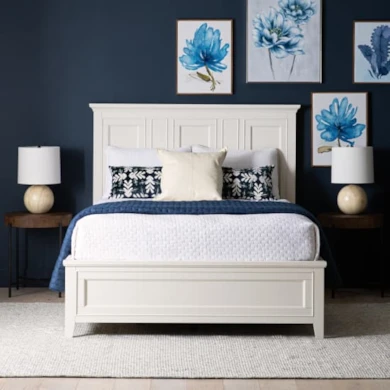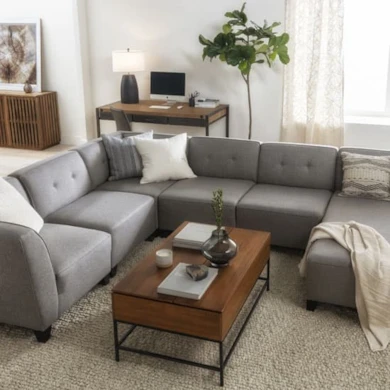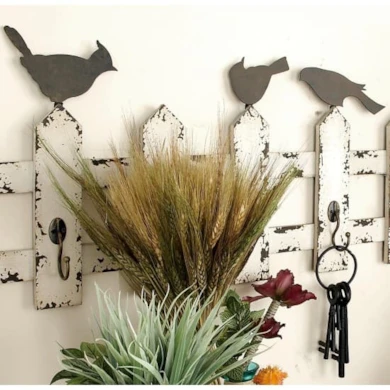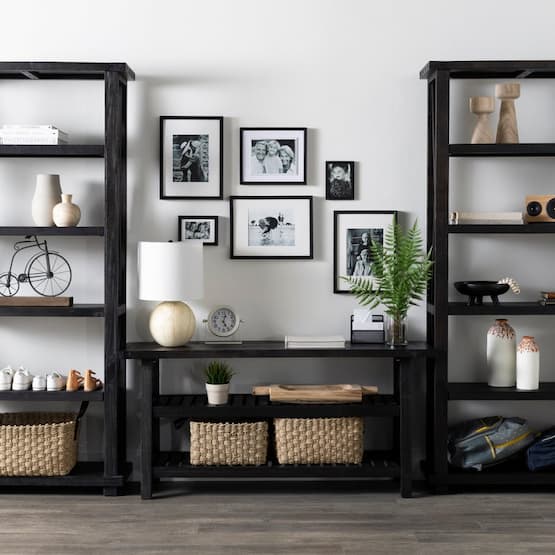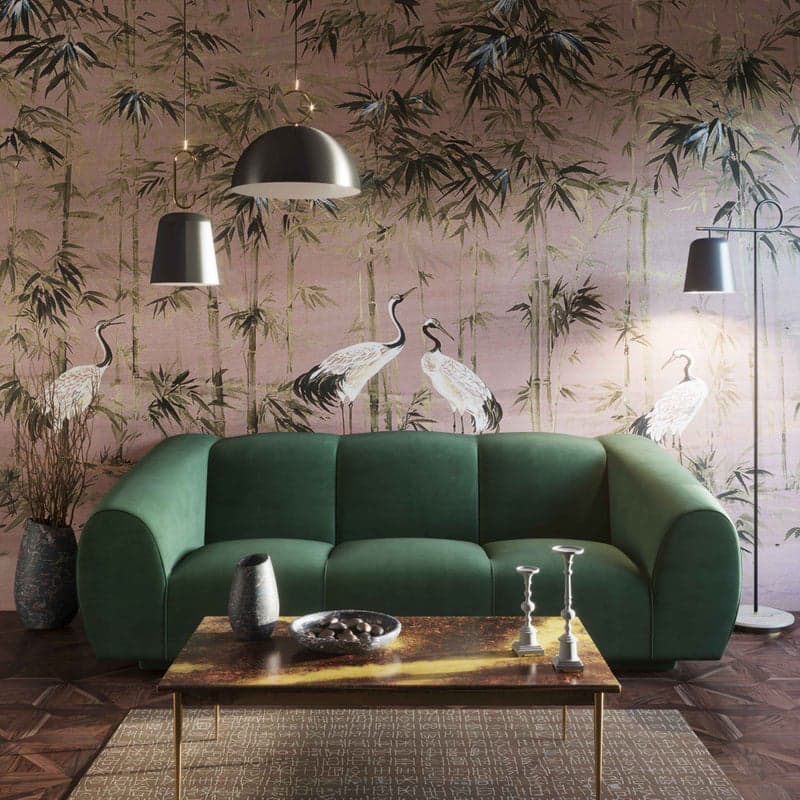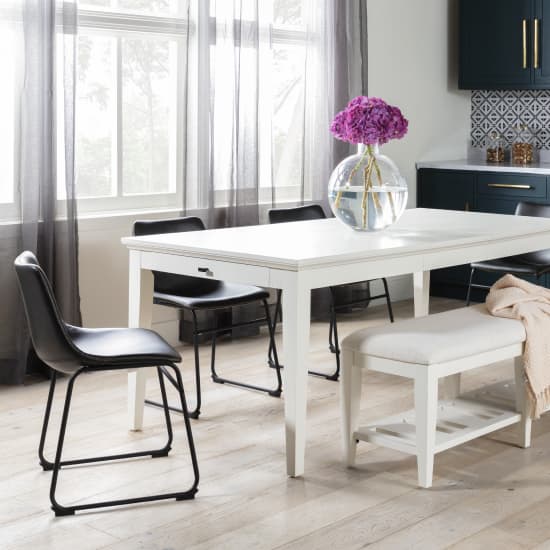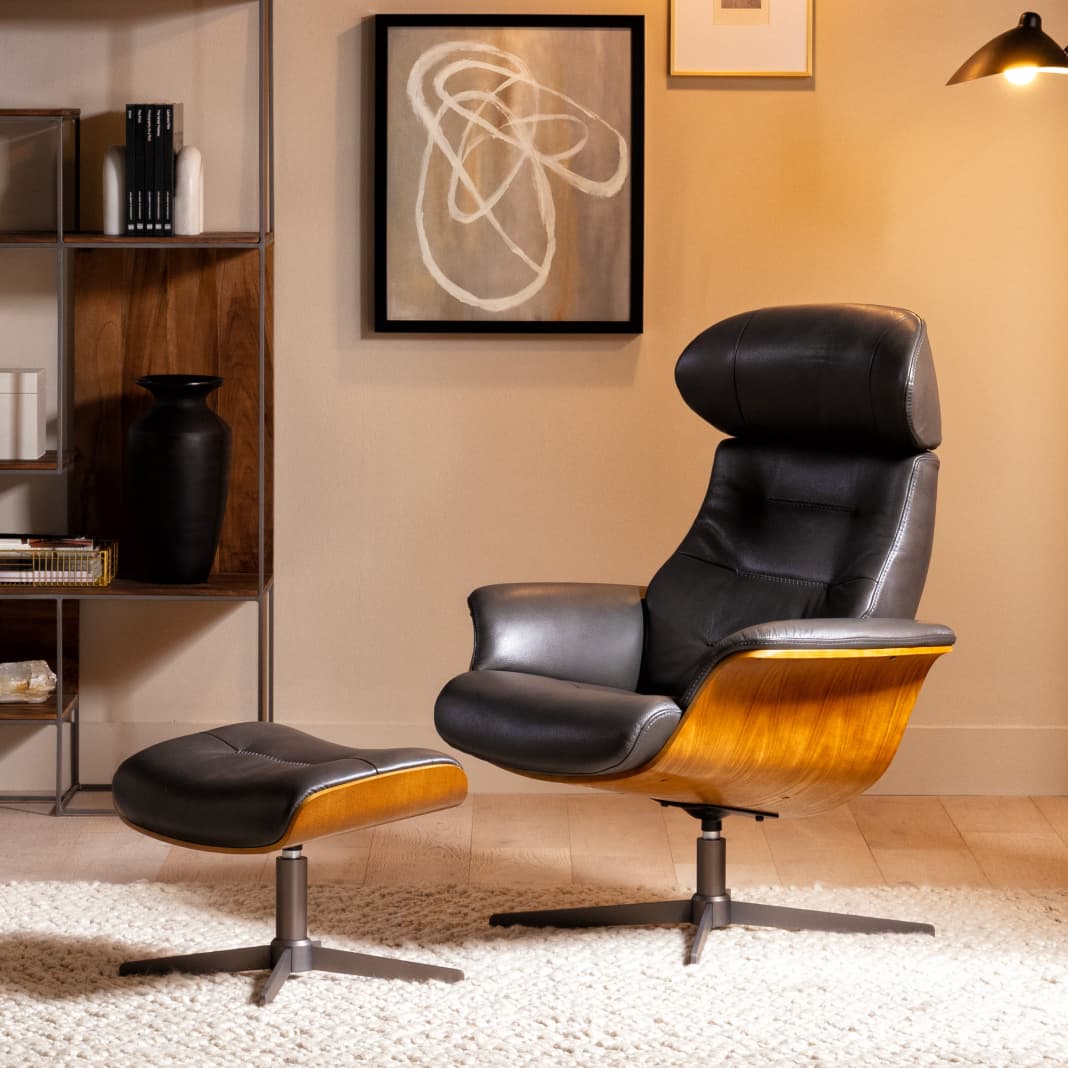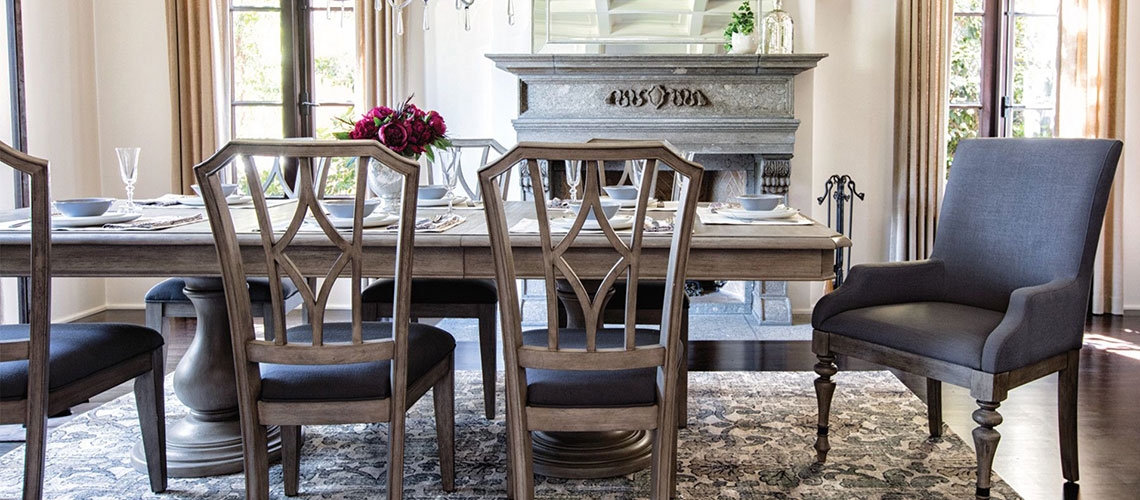
What Is Traditional Style?
Traditional style is the epitome of comfort, harmony and order, where everything matches and nothing is jarring to the senses. It welcomes with warmth and familiarity.
The Roots of Traditional Style
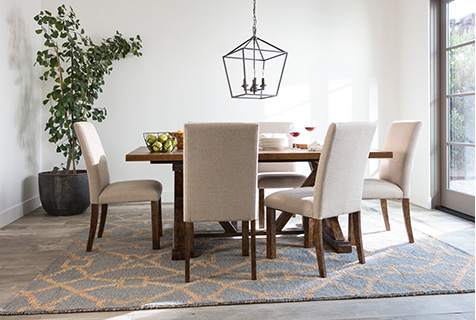
Traditional style is the natural evolution of 18th- and 19th-century European decor. Traditional homes maintain interior features such as detailed millwork, and the colors are calm and soothing.
Today's traditional furniture combines the best of Sheraton, Queen Anne and Chippendale styles with embellishments like gentle curves, wingbacks, tufting and piping. It doesn't have sharp angles, but it may have a skirt.
Traditional Style Must-Haves
Everything Matches
Traditional style sticks to the basics. You won't find eclectic pieces or pops of color. The goal is for everything to match. This is achieved by furnishing traditional dining rooms, bedrooms and living rooms with pieces from the same collection and using upholstery and fabrics that match in color and theme. Accessories such as lighting, cushions and rugs also match in style and color.
Uniformity and Symmetry
Uniformity and symmetry go hand-in-hand. In traditional style, perfect pairings are key. It's common to place two identical lamps or side chairs or end tables in a room. Pairing creates a balanced space and can bring attention to a focal point such as a fireplace or conversation area.
Subdued, Synchronized Color Palette
In traditional design, the emphasis is more on pattern than color. A good way to choose colors is to pick one from the predominant pattern in the room (upholstery, rugs, fabrics) and use tones of that color for everything. Use the lightest shade on the walls to draw attention to the furnishings and other features of the room. Tone-on-tone colors also emphasize uniformity, and upholstery, drapes, rugs and cushions should all be in midrange tones of the same color family.
Rich Wood and Metal Tones
Wood in traditional interiors has deep, rich tones; think walnut, cherry, mahogany and oak. Choose the same wood with the same finish for a cohesive look. Metal home accents should be brass, bronze or copper and have a satin, not shiny, finish.
Complex Patterns
Traditional design doesn't shy away from pattern. Florals, damasks, toile, paisleys, chinoiserie prints and muted stripes are all classic staples of the style. Upholstered furniture and cushions in a room usually have the same or a matching fabric, and wallpaper is not uncommon. A traditional room is a perfect place for a beautifully patterned kilim, Persian carpet or Oriental rug.
Detailed Millwork
Traditional homes have beautiful finishing touches such as decorative wood millwork; think cornices, valances, crown molding, tray or coffered ceilings, columns, wood paneling and built-in cabinetry. These features stand out nicely against the neutral palette, especially when painted a crisp white.
Window Coverings
This is one style where window dressing is front and center, unlike more modern styles that mostly keep windows bare. Rooms often have heavy drapes with under-drapes and fabric or wooden valances. These curtains are made of substantial fabrics in rich tones to offset the neutral wall color and patterns that match the other fabrics in the room.
Styling Your Living Room With Traditional Design
Sometimes you need only look back in time to unearth true beauty. Here you’ll discover traditional design, a style that works equally well now as it did then.Start With the Architectural Framework
Before filling your home with classic pieces, look at the bones of the place. What – if any – architectural features do you see? Does your living room have wainscoting, crown molding or coffered ceilings? Built-in bookshelves or cabinetry? Arched doorways, a fireplace or ceiling beams? Take stock of what the room offers, and select furniture and decor that complements or even highlights those features. Ex: Cream-colored furniture will accent dark-stained floors or walls, while, tall, slim curtains set above window height will draw the eye toward the ceiling’s architectural details.
Make It Classy, Not Boring
Of course, too much matching becomes boring. That’s why you should play with fabric texture – for everything from sofas to drapes to accent cushions and more. One way to blend tradition with intrigue is to incorporate different textures in one or two complementary tones. If you want to use pops of pattern, it’s best to use varying shades of the same color, rather than different colors that would likely scream modern.
You’ll soon have a gorgeous traditional living room that’s sure to draw the attention of all who come through your front door.
Decide Between Formal and Casual
You’ll want to determine whether to follow a more formal or a more casual scheme. If you’re thinking formal, you’ll want to consider tufted sofas and chairs, claw feet, engravings, velvet fabrics and ornate frames.
Perhaps you’d like casual elegance instead. You’ll want rounded or roll arm sofas and chairs, florals, stripes and plenty of cushions. Either way, traditional design is far from stuffy. This elegant style can transform your living room into a timeless haven you’ll love coming home to each night.
Match Your Metals
Antiqued and weathered oak and pine, along with rich walnut and cherry, feature prominently in traditional design, but that doesn’t mean wood is the only material you can use. Metals – and fabrics for that matter – play an equally important role in traditional design, but they do require certain characteristics. Do you want to install a chandelier or pendant light fixture? Stick with one made from brushed pewter, brass, bronze or satin nickel. You’ll also want to match that metal for your floor lamps because traditional design is all about harmony and balance.
Most Popular Traditional Sofa Styles
The list of traditional sofa styles for a classic aesthetic starts with these popular types:
Tuxedo sofa. Characterized by arms that are the same height as the sofa’s back, this is a timeless design.
Tufted sofa. Some tufted types are more modern than traditional. The more traditional will have high legs, curved edges and sometimes a skirted base.
Skirted sofa. Speaking of skirted bases, the skirted sofa, even on its own, is an archetype of traditional style. The upholstery is usually linen and the fabric thick.
Modern Traditional Style
The modern traditional style of design is traditional style with a touch of rebellion. It incorporates technology without shying away from antique roots. It's both livable and beautiful, like a museum of treasures that you can touch and play with! In a modern traditional home, focus on the traditional: just a few touches of modern, with the majority of the aesthetic being traditional, is all you need to make a statement.
Featured Products
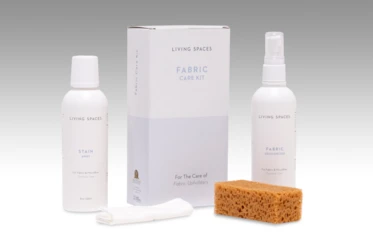
Fabric Care Kit
$19— More Great Articles —
Related Categories
Read the Latest
Editorial Disclaimer: Articles featuring tips and advice are intended for educational purposes and only as general recommendations. Always practice personal discretion when using and caring for furniture, decor and related items.


